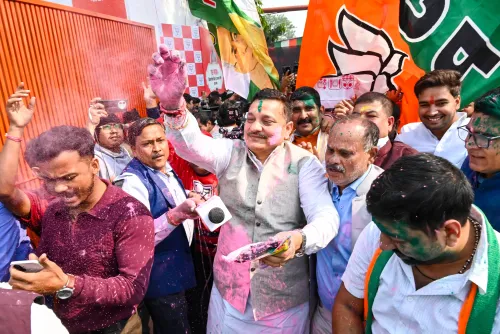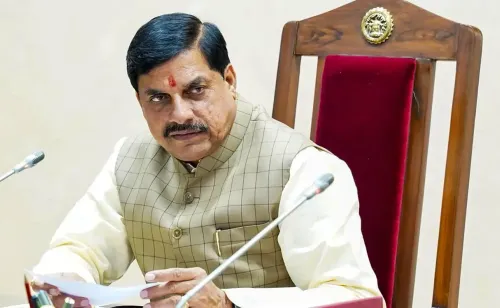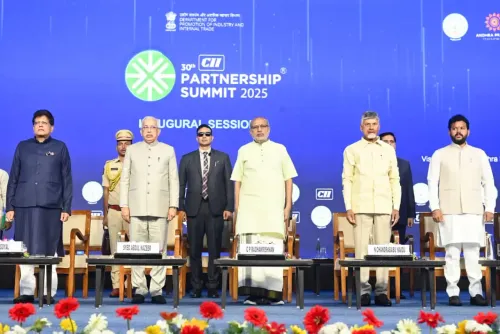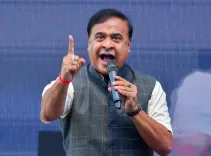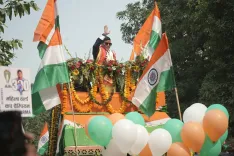What Opportunities Were Discussed at the IAF Electronic Warfare Conference?
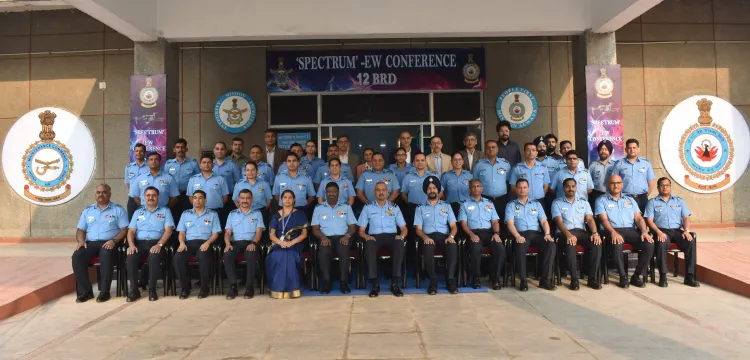
Synopsis
Key Takeaways
- Collaboration among stakeholders is essential for advancing Electronic Warfare technologies.
- The importance of Open System Architecture was emphasized for system upgrades.
- Indigenisation opportunities were presented to enhance India's defense capabilities.
- Joint exercises like Ajeya Warrior strengthen international military cooperation.
- Ensuring safety in operations remains a priority for the IAF.
New Delhi, Nov 14 (NationPress) During a recent IAF conference, key areas within Electronic Warfare systems that present exciting indigenisation opportunities for both industry and academia were explored, as reported by an official.
In his opening remarks at the conference titled 'Harnessing Technology for Universal Modular Scalable Architecture for EW Systems', Air Marshal Vijay Kumar Garg, the Air Officer Commanding-in-Chief of the Maintenance Command, emphasized the significance of Open System Architecture and the need for its standardization. This approach aims to enhance the upgradability of Electronic Warfare systems while simultaneously reducing costs and delivery timelines.
Air Marshal Garg highlighted the necessity of cohesive collaboration among various stakeholders, including academia, Defence Public Sector Undertakings (DPSUs), and Indian private industries.
The conference saw participation from numerous academics, representatives from the Defence Research and Development Organisation (DRDO), DPSUs, and partners from the defense manufacturing sector.
Air Commodore V Krishna Kumar, Air Officer Commanding of the Base Repair Depot in Najafgarh, New Delhi, underlined promising areas in Electronic Warfare systems that present substantial indigenisation opportunities for both industry and academia.
Earlier, the IAF Media Coordination Centre released a statement via X, indicating that an Indian Air Force PC-7 Mk II trainer aircraft encountered an accident during a regular training mission, crashing around 1425 hours near Tambaram, Chennai, on Friday.
“The pilot successfully ejected, and there have been no reports of damage to civilian properties. A Court of Inquiry has been established to investigate the cause of the accident,” the statement said.
In a related update, the Indian Army announced that the eighth edition of the biennial joint bilateral exercise, Ajeya Warrior, between the Indian Army and the British Army, will take place from November 17 to 30 at the Mahajan Field Firing Ranges, Rajasthan.
“This exercise aims to bolster operational synergy in joint counter-terrorism operations within a semi-urban setting, under Chapter VII of the UN mandate. It underscores the shared commitment of India and the United Kingdom to global peace and security, while further enhancing defense cooperation, camaraderie, and mutual trust between the two armies,” stated the Additional Directorate General of Public Information, IHQ of the Ministry of Defence (Army).


